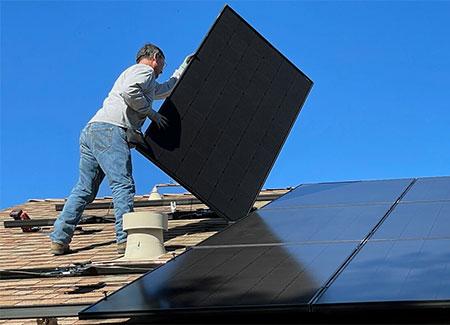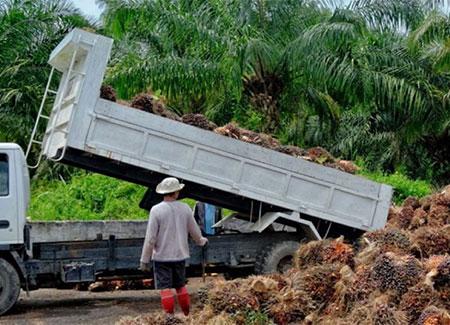-
Shining a Light on Exploitation in the Solar Supply Chain
Solar power is critical to achieve a green future, but there is extensive evidence of labor abuse across much of the solar supply chain. Nearly half of the world’s polysilicon, used to produce solar panels, comes from Xinjiang, China, where members of ethnic and religious minority groups are forced by the government to work against their will. How does forced labor find its way into solar power?
-
From Plantations to Your Pantry
Palm oil is an ingredient in countless products we consume, from personal care products to cooking oils. Palm oil comes from palm fruit, or the fruit of the oil palm tree, much of which is harvested in Indonesia and Malaysia under exploitative labor conditions. How does this little-known ingredient end up in so many of the goods we use at home?
-
From Artisanal Mines to Electric Cars
How does cobalt mined with child labor end up in rechargeable lithium-ion batteries? Recognizing the prevalence of child labor in the mining of this mineral, in 2009 the DOL placed cobalt ore from the DRC on its List of Goods Produced by Child Labor or Forced Labor. Child labor persists in cobalt production, raising risks for the entire lithium-ion battery supply chain.
-
Better Trade Tool
The Better Trade Tool integrates existing reporting developed by the Bureau of International Labor Affairs (ILAB) with U.S. import trade data, including Harmonized Tariff Schedule codes. Users can search trade data by specific countries, goods, types of labor exploitation, and years.
-
ILAB Knowledge Portal
The ILAB Knowledge Portal is a searchable online library of resources promotes knowledge sharing, data use, and learning related to ILAB’s technical assistance programming. The portal includes project profiles, evaluation reports, evaluation report learnings, and technical assistance resources.
-
Impact Evaluations
ILAB funded eighteen randomized controlled trials to study the effectiveness of various government and non-government programs and interventions in reducing child labor, forced labor or human trafficking. The evaluations studied a variety of interventions in countries including Costa Rica, Ecuador, India, Lesotho, Malawi, Mali, Mexico, Nepal, Peru, the Philippines, Rwanda, Tanzania and Zambia.







